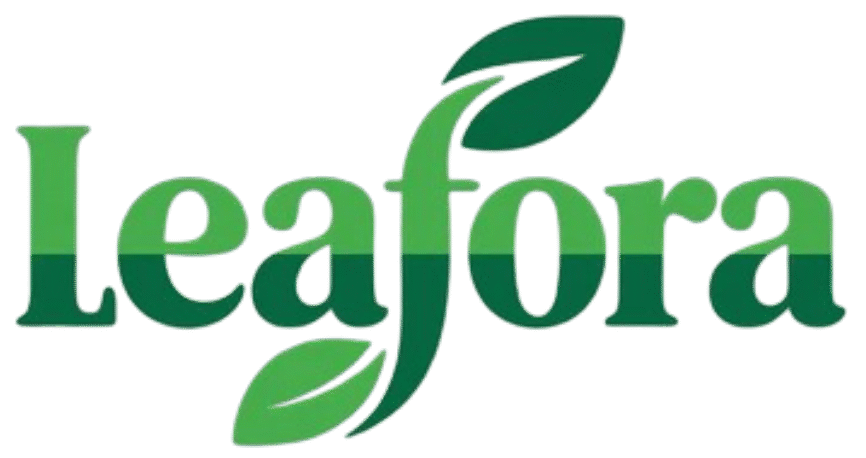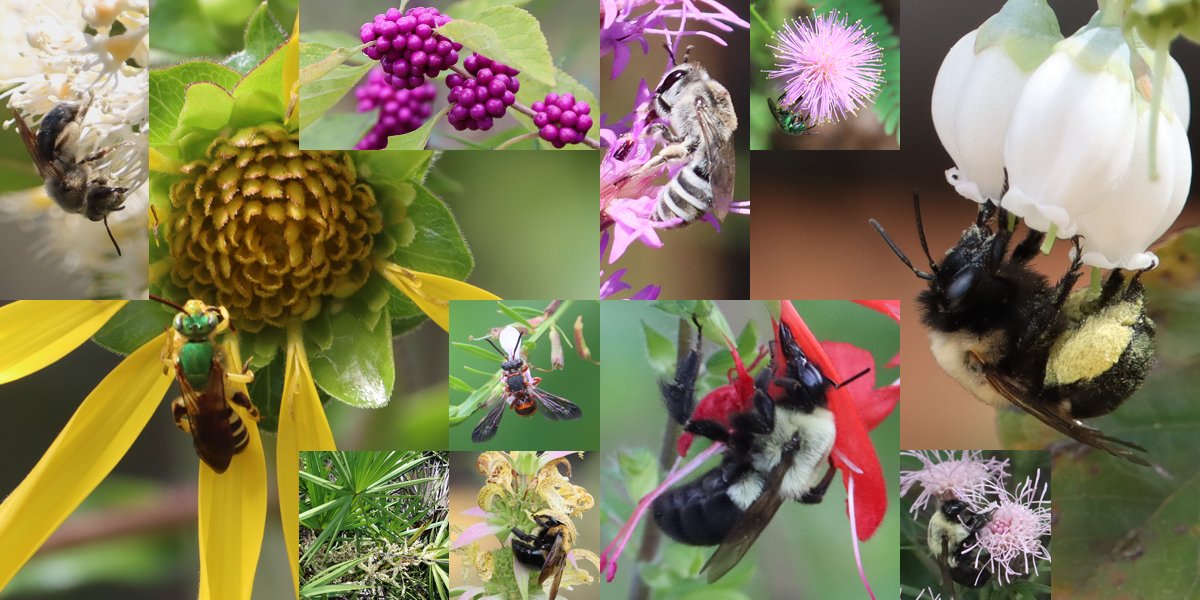With warm weather comes bugs. Whether you’re allergic to bees or just want to enjoy the outdoors undisturbed, it’s natural to want to keep insects at bay. However, harsh chemical insecticides can harm important pollinators and the environment.
Luckily, bees and wasps naturally avoid many scents, oils, and colors found in nature. So, why not use nature’s own repellents? Planting any of these 30 plants in your garden can help keep them away.
Want more gardening tips? Sign up for our free gardening newsletter for top-growing advice, troubleshooting tricks, and more!
01 Basil
Basil is a favorite herb, great for growing indoors in pots or outdoors in an herb garden. While it’s perfect for pesto, its strong scent also repels bees and wasps. Plant it in a sunny, warm spot—just watch for blooms, as the flowers might attract pollinators.
02 Bay Leaf
Bay leaf, or bay laurel, is another strong-smelling herb. Though less common in gardens than basil, it adds rich flavor to meals and has health benefits. Its scent—pleasant to us but off-putting to them—helps keep bees and wasps away.
03 Begonias
Begonias are low-maintenance, beautiful flowers that rarely attract bees. Since they don’t produce much nectar, bees usually ignore them, making them ideal for a bee-free garden.
04 Cardinal Flowers
Planting flowers to repel bees might sound odd, but some, like cardinal flowers, naturally deter them. Their bright red color is invisible to bees, who see them as gray or black—unappealing enough to make them pollinate elsewhere.
05 Catnip
Catnip, a fast-spreading, sun-loving herb, can help repel bees and wasps thanks to its strong essential oil. However, since it needs pollination, it may attract bees when blooming. For best results, pair it with stronger deterrents from this list.
06 Chives
Chives’ potent smell can deter wasps. Part of the allium family (like garlic and onions), their scent also repels carrot flies and aphids. But since bees may still visit, plant them alongside other bee-repelling herbs.
07 Citronella
Known as a natural bug repellent, citronella’s lemony scent may also discourage bees and wasps. Be cautious—it can irritate skin and is toxic to pets. For a safer option, consider commercial citronella products.
08 Clove
Bees and wasps dislike clove’s scent. While clove trees make a nice garden addition, they grow slowly, so plant them well before pollinator season for the best effect. They work best combined with other repellent plants.
09 Cucumbers
Though not strongly scented, cucumbers contain acidic peels that bees and wasps avoid. Easy to grow, they’re a great natural repellent—even leftover peels scattered on the patio can help keep these insects away.
10 Eucalyptus
Eucalyptus oil and its scent naturally repel bees and wasps. Plant it in spring, and it’ll grow several feet yearly. It also deters ants and mosquitoes—but be careful, as it’s toxic to people and pets.
11 Ferns
Since ferns don’t flower, they don’t attract pollinators. They’re a great bee- and wasp-free option, though they might occasionally host ants or aphids.
12 Garlic
Garlic’s strong smell keeps many pests away, including bees and wasps. Plant it in fall for cooler weather growth, but its scent will still ward off bugs in warmer months.
13 Geraniums
Geraniums, especially red ones, are another flower that repels bees. With little pollen and a color bees can’t see, they’re a smart choice for a bee-free garden.
14 Lavender
This one’s tricky—lavender flowers may attract bees, but wasps avoid the scent. Bees and wasps both dislike lavender oil, so plant it away from patios and consider using the oil for repellent.
15 Lemongrass
Lemongrass is famous for repelling mosquitoes, but its oil also deters bees and wasps. Plant it in your garden to keep them at a distance.
16 Marigolds
Marigolds are low-maintenance and great at repelling pests. Their chemical compounds produce a scent that bees and wasps dislike, making them a handy garden addition.
17 Mint
Mint’s strong smell is pleasant to us but repels pests like bees and wasps. Since it spreads aggressively, grow it in containers to keep it controlled.
18 Onion
Bees avoid onion nectar, possibly due to its high potassium content. Onions also deter aphids and rabbits, making them a useful pest-resistant plant.
19 Pennyroyal
With a mint-like scent, pennyroyal keeps bees, wasps, ants, mosquitoes, and even stray cats away. It’s small and easy to grow, making it a handy repellent.
20 Peppermint
Peppermint, a hybrid of spearmint and watermint, also repels pests. Use its oil in areas where wasps frequent to keep them away, even if your plant isn’t thriving.
21 Red Lilies
Bees can’t see red, so planting red lilies helps keep them away. Be cautious—some lilies are toxic to cats.
22 Red Roses
Dark red, closed-flower roses don’t attract many bees. The color is invisible to them, and the shape makes pollen hard to access.
23 Rosemary
Rosemary’s woody scent repels wasps and yellowjackets, though it may still attract bees. Pair it with other deterrents for better results.
24 Rue
Rue’s strong-smelling oil repels wasps effectively. Its tiny flowers don’t attract bees but may draw butterflies. Warning: It’s toxic to humans and pets.25 Sage
25 Sage
Crushed sage leaves release oils that deter wasps. Easy to grow, it’s a great addition to any herb garden.
26 Spearmint
While less potent than peppermint, spearmint’s scent can mildly repel wasps. Bees may still visit its blooms, so pair it with stronger deterrents.
27 Thyme
Thyme’s scent makes the garden less appealing to wasps. For best results, plant it alongside other repellent herbs
28 Trumpet Flower
Bees avoid trumpet flowers because their tubular shape makes nectar hard to reach. They’re great for repelling pests while attracting hummingbirds.
29 Wintergreen
Wintergreen doesn’t attract or repel bees and wasps much, as it rarely flowers. It’s an easy-to-grow groundcover that stays green in winter.
30 Wormwood
Wormwood’s bitter scent repels wasps and other insects. Though mildly toxic to pets and humans, it’s effective when placed near patios or entryways.

